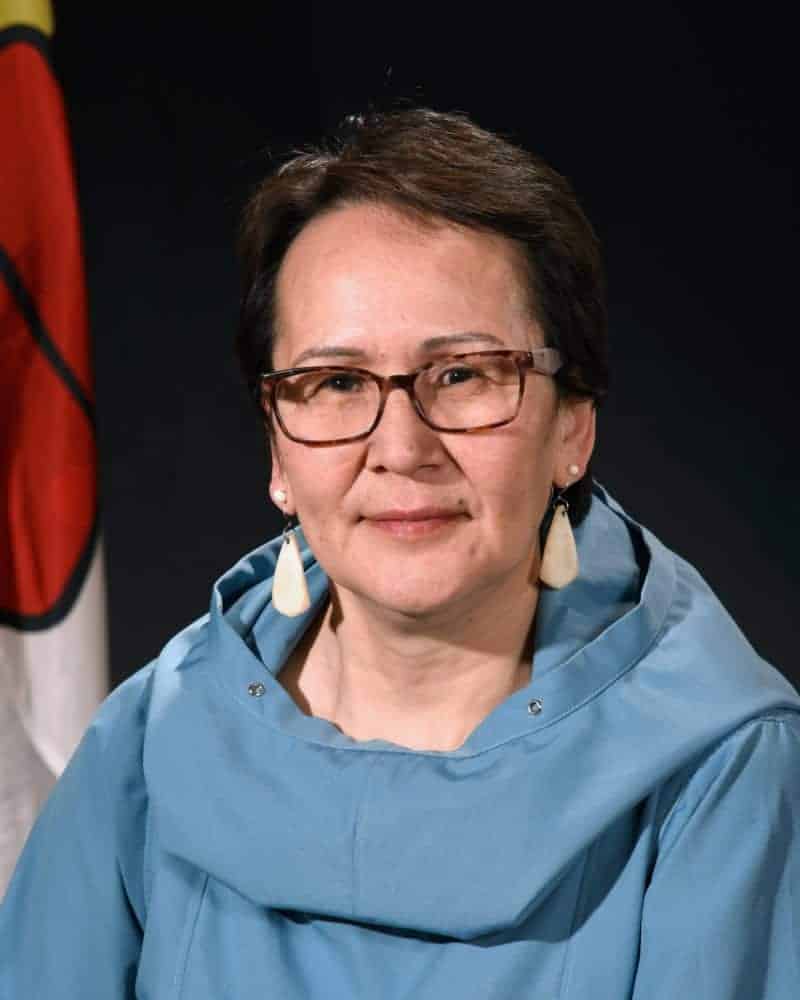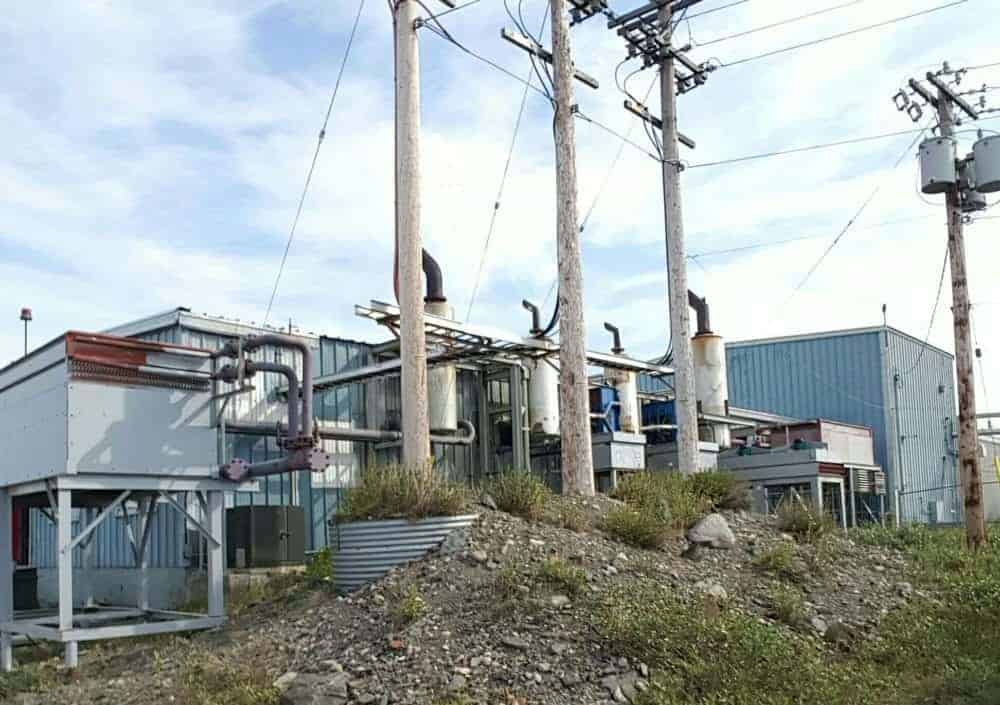By next spring, Qulliq Energy Corporation expects to begin purchasing renewable energy from commercial and institutional customers.

Jeannie Ehaloak, minister responsible for QEC, describes this development as a chance to create a "large-scale renewable energy sector in the territory." It will "have a positive impact on our environment" by reducing the power corporation's reliance on diesel fuel, she added.
The initiative, known as the Independent Power Producers Program, is designed to be cost-neutral, meaning it shouldn't affect customers' power rates, according to Ehaloak. The purchase costs and technical requirements are still being worked out, according to QEC president and CEO Bruno Pereira.
"However, the price paid by QEC will be based on the avoided cost of diesel and this will avoid a rate increase for our customers," Pereira stated.
The ability to make use of solar and wind power from customers is a major step for QEC, said Martha Lenio, Arctic renewable energy specialist with the World Wildlife Fund.
"A process will be in place where you can negotiate a power-purchase agreement with QEC and actually then sell energy to their grid," Lenio said. "It's more hopeful than it's been in the past couple of years. Two years ago this wasn't possible, and now it's becoming possible."
She added that Iqaluit, Sanikiluaq, Arviat and Rankin Inlet all have towers measuring the wind data, wind speed and direction to determine optimal locations to put a wind turbine.
QEC has had a net metering program in place for residential customers since April 10. Three customers have enrolled so far and they're in the process of being connected to QEC's electrical grid, according to Pereira. The difference with the net metering program is that the customers won't sell power to QEC – instead, the surplus renewable energy they send to the grid will give them credits on their electricity bill.

photo courtesy of Qulliq Energy Corporation
Despite the expected gains in renewable energy, QEC cannot stray far from diesel generators because they're still the only reliable source of power for communities 24 hours a day, year-round, Pereira noted. With that in mind, $233 million is being put towards replacing and rebuilding aging power plants in 13 Nunavut communities by 2025-26. The federal government is contributing $175 million while the GN is allocating $58 million.
QEC hasn't yet announced a full schedule for the power plant servicing. However, plants in Cape Dorset and Grise Fiord are already nearing the end of construction.
The new power plant in Kugluktuk will include solar panels, making it the only new one in the territory to include renewable energy. A similar approach in other communities simply isn't affordable with the limited funds available, according to Pereira.
The degree to which the solar component will offset diesel consumption in Kugluktuk is yet to be determined, but Mayor Ryan Nivingalok said he's glad his community will get the opportunity after making a strong case for it. Solar panels installed at the Kugluktuk recreation complex in 2016 have effectively reduced diesel use, he said.
"It's proven that it works and the cost savings are there. People should look into it also," Nivingalok said. "In the future we're going to try to go more (solar), but we've just got to see how QEC goes about buying back extra power."